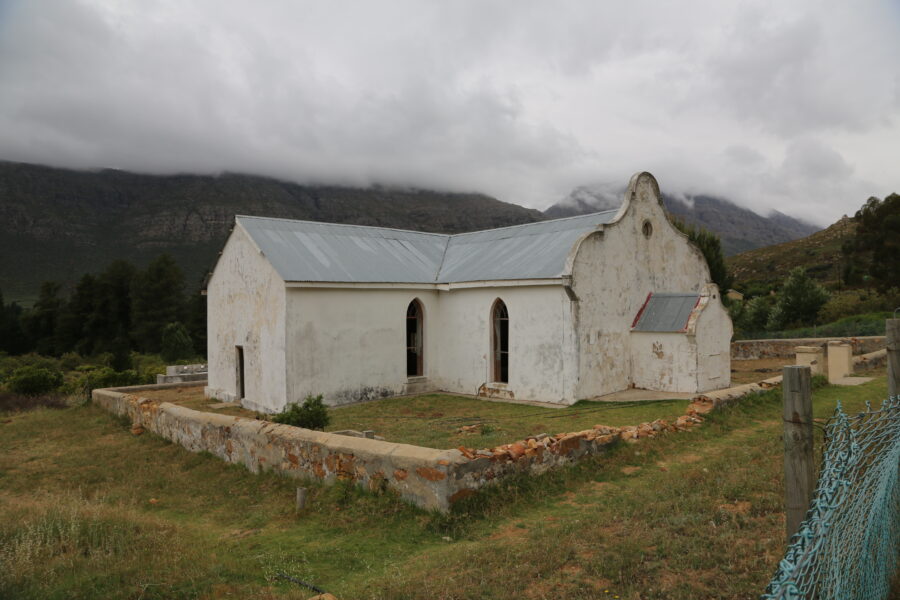The importance of diversity of voice
In order to move away from or critically reflect on a western discourse on heritage management and risk assessment you need to listen to a range of voices from different geographies.
The CRITCAL project aimed to better understand the role of heritage within risk assessment through the investigation of three case study sites. We wanted to develop a community of practice across three Low-Middle Income Countries (LMICs) and the UK. The case study sites worked three scales: the small-scale settlement of Elandskloof in South Africa; a city region of Yogyakarta, Indonesia and a national approach across Sri Lanka. Exploring these three scales we were able to capture a narrative-based risk assessment for heritage and found that heritage opens avenues for dialogue on livelihoods, gender, local level capacity and vulnerability.
The video below outlines the importance of understanding culture at a local level.
Three sites, many voices
This module explores three locations. Through videos and text we ask you to consider these studies and reflect on how heritage is understood in different contexts.
In summary we found that heritage can take many forms, for example in this course we have examples of buildings, landscapes, and customs. Furthermore, we found how heritage is important not just because it is vulnerable to climate change but also because it offers capacity. We invite you to explore the posts in this module and learn more about how heritage can be a tool for climate change adaptation and risk reduction.
Methods
The research teams engaged with local communities and experts to address all three original research questions. Their findings are context specific and include alternative and community led visions of cultural heritage and their interconnections with climate change adaptation and sustainable livelihoods. As well as identifying and trialling innovative participatory methods that can be integrated within a wider holistic risk framework that places cultural assets and practice at the heart of resilience building.
At a national scale, Dr Karunarthna carried out multiple interviews and facilitated workshops in rural settlements across Sri Lanka. Furthermore, her work included a review of historical literature exploring the role of women in traditional rural practices. At a city-scale, Dr Retnowati and Ms Anantasari carried out a series of interviews with key stakeholders along the River Code in Yogyakarta region. In South Africa, Prof O’Connell and Ms Niemand led two workshops, a household survey and a series of interviews in Elandskloof, South Africa. In addition, a review of climate data for each site and a systematic synthesis of literature related to heritage, risk and value was undertaken (Crowley et al 2022).
Research findings in brief
The South Africa team, led by Dr Siona O’Connell and Dominque Niemand, identified the influence loss in terms of indigenous knowledge systems and how food heritage may pave the way to intergenerational knowledge exchange. They also explore how violent and forced removals from the land have led to significant vulnerabilities for communities across South Africa. Section 3.2 outlines the case study findings in detail.
In Indonesia the team, Dr Arry Retnowati and Esti Anantasari identified the importance and cultural value of an urban river system and are expanded their work to explore the wider urban setting of Yogyakarta, and it’s bid to become a city-wide UNESCO World Heritage Site. The river’s cultural narrative is critical in understanding local adaptive capacity and vulnerabilities over time, and how cultural heritage is a dynamic force not just something to be preserved. Section 3.4 outlines the case study findings in detail.
In Sri Lanka, Dr Dulma Karunarathna identified the importance of local knowledge for water resource management and the cultural connections for women and their livelihoods. She has also implemented a series of engagements with communities in Sri Lanka through school-based art competitions as well as community storytelling workshops. Section 3.3 outlines the case study findings.
The narratives emerging from the three sites align with the results of the desk-based literature reviews that have identified the serious lack of understanding and integration of intangible cultural heritage, community level engagement, and cultural value in risk assessments for climate change adaptation and disaster management.
This section provides an outline of each case study site explaining the context, and key findings.
Resources
Read the teams literature review – Crowley et al 2022 Open Access paper

